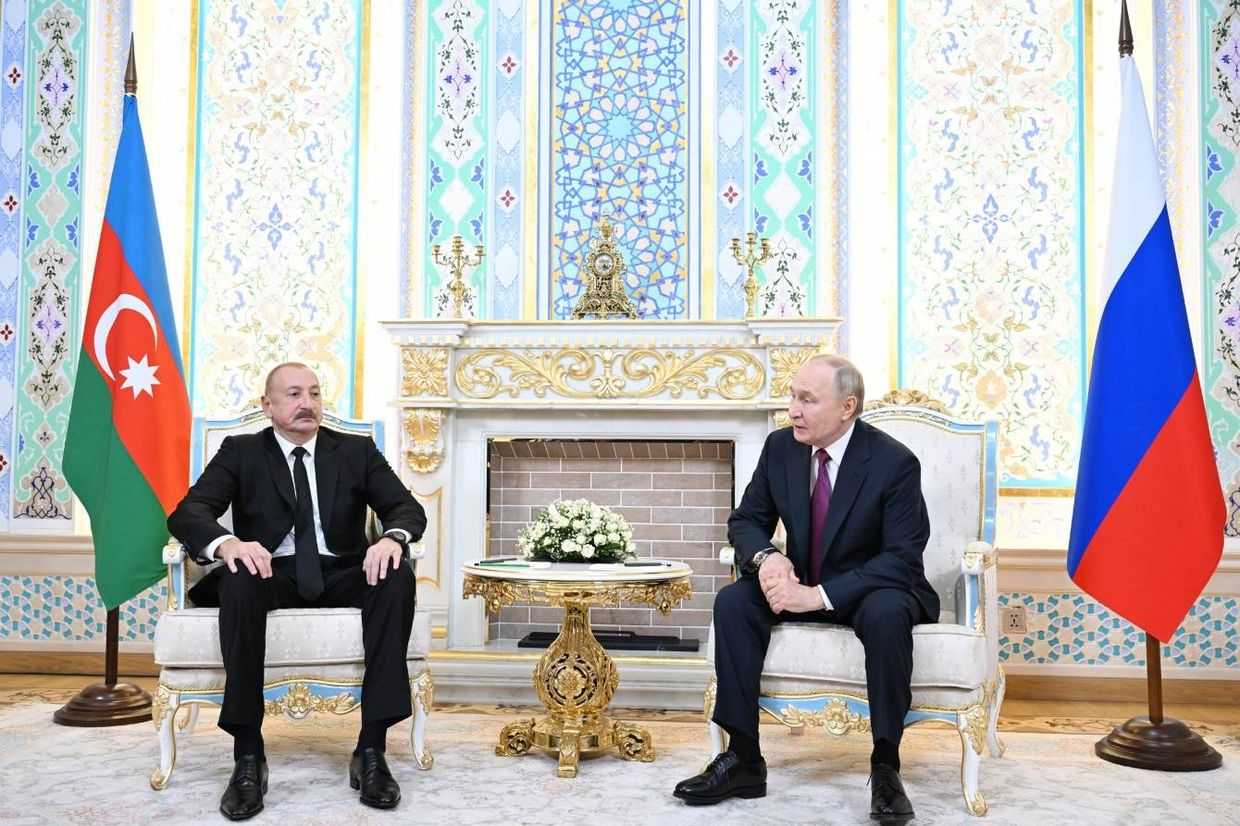
Seventy-seven years have passed since Stalin deported the Meskhetians from Western Georgia to Central Asia; since then, they have faced war and displacement multiple times. Despite continued hardship, two communities in Azerbaijan and Ukraine are still clinging to their identities.
‘More than 30 years have passed, but I want to go back because that place has specific air, water, and nature’, says Afrail Isgandarov, 67, a retired Meskhetian.
Along with 250 other Meskhetian families, the Isgandarovs fled the 1992 Khojaly massacre at the onset of the First Nagorno-Karabakh War, the latest of a string of displacements.
The couple, along with their five children, were given temporary accommodation in a run-down flat in a five-storey block in the Sabirabad District, 200 km east of Khojaly, where they still reside. Now, the elderly couple’s youngest son, daughter-in-law, and three-year-old grandson live there.
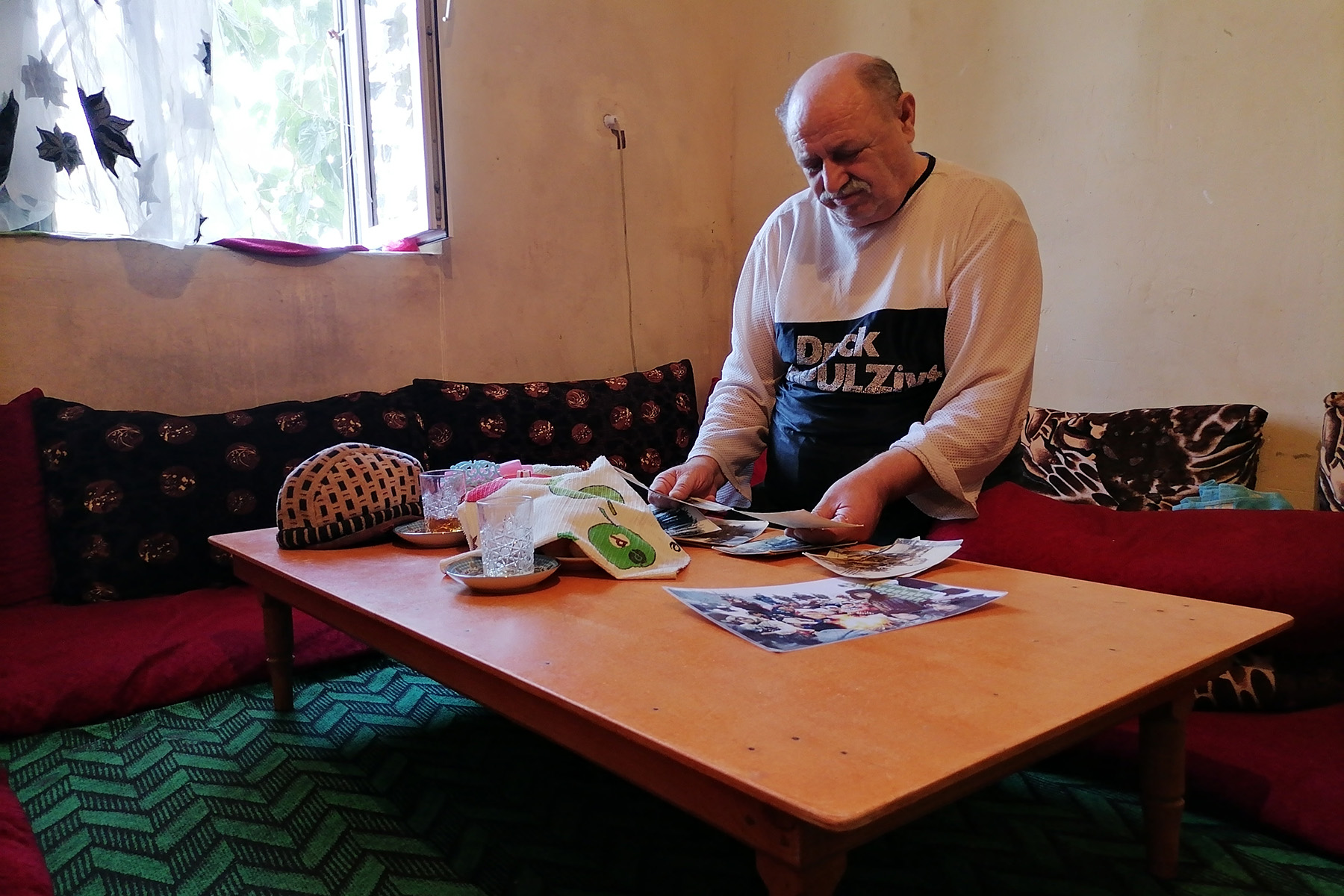
The two-room flat is decorated in a Turkish style, to keep to Meskhetian traditions and to avoid excessive spending.
A sufra, a traditional dining table, sits in the centre of the living room, surrounded by mattresses and pillows to lean on. Photos of elder and passed away family members hang on the walls.
Afrail Isgandarov’s current occupation is as traditionally Meskhetian as his flat’s interior. He is a ‘synygchy’, a local folk healer. Meskhetian believe when limbs do not heal well or an arm or leg is broken, a synygchy can fix it via massages and herbs.
His wife Mahboula, 66, also keeps up with traditional routine household activities such as cleaning, knitting, and sewing.
There are up to 70,000 Meskhetians in Azerbaijan, with the majority living in rural areas. Roughly half are compactly settled in nine villages of the Sabirabad and nearby Saatly District, some 200 km southwest of Baku. Some villages have exclusively Meskhetian populations while others are mixed.
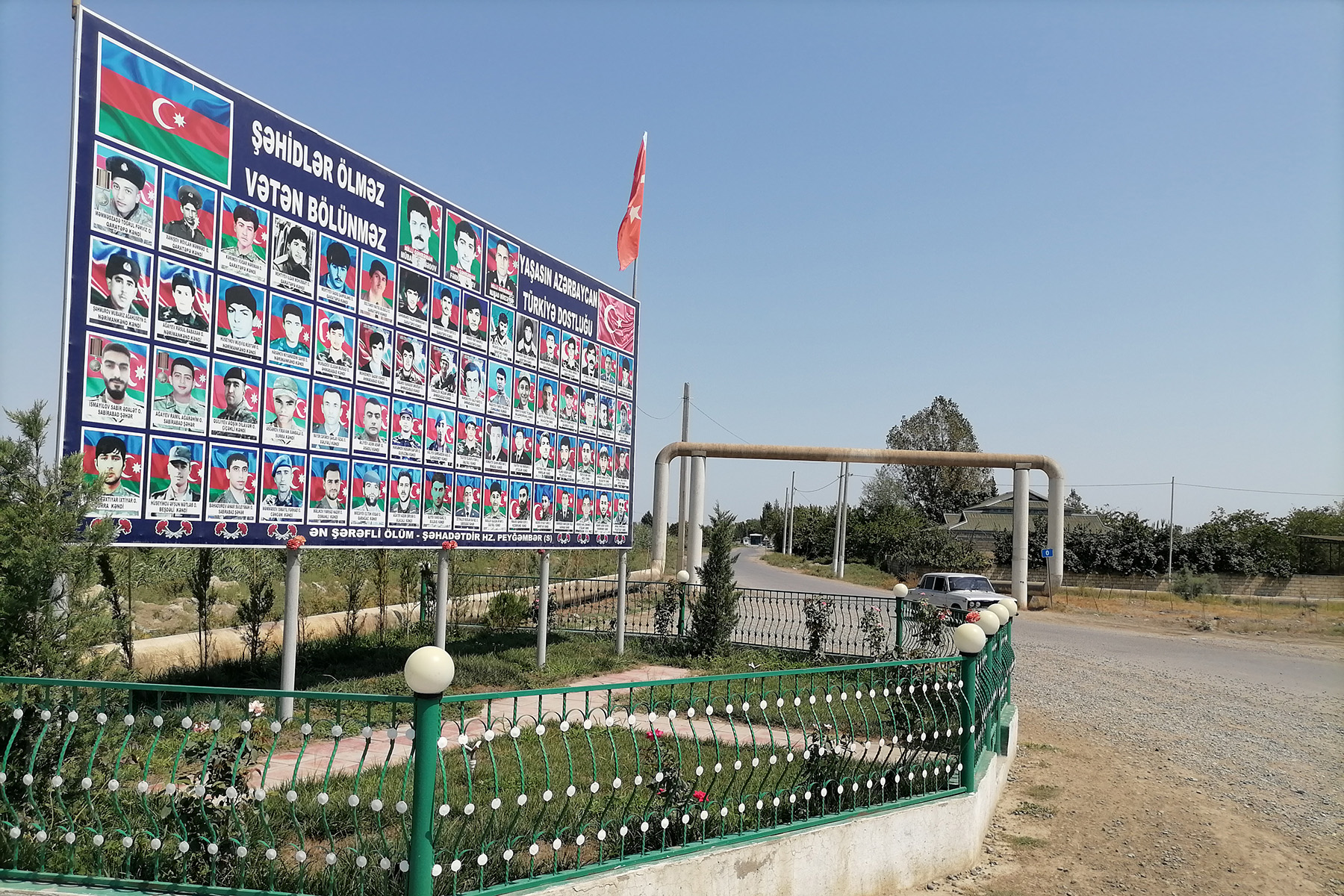
A symbol of unity
All of the residents of the village of Ahmedabad, Sabirabad District, are Meskhetians. The village is home to the Mstkhetian Folklore House. Handicrafts made by young and old Meskhetians such as weaved pillows and blankets are exhibited at fairs and competitions nationwide.
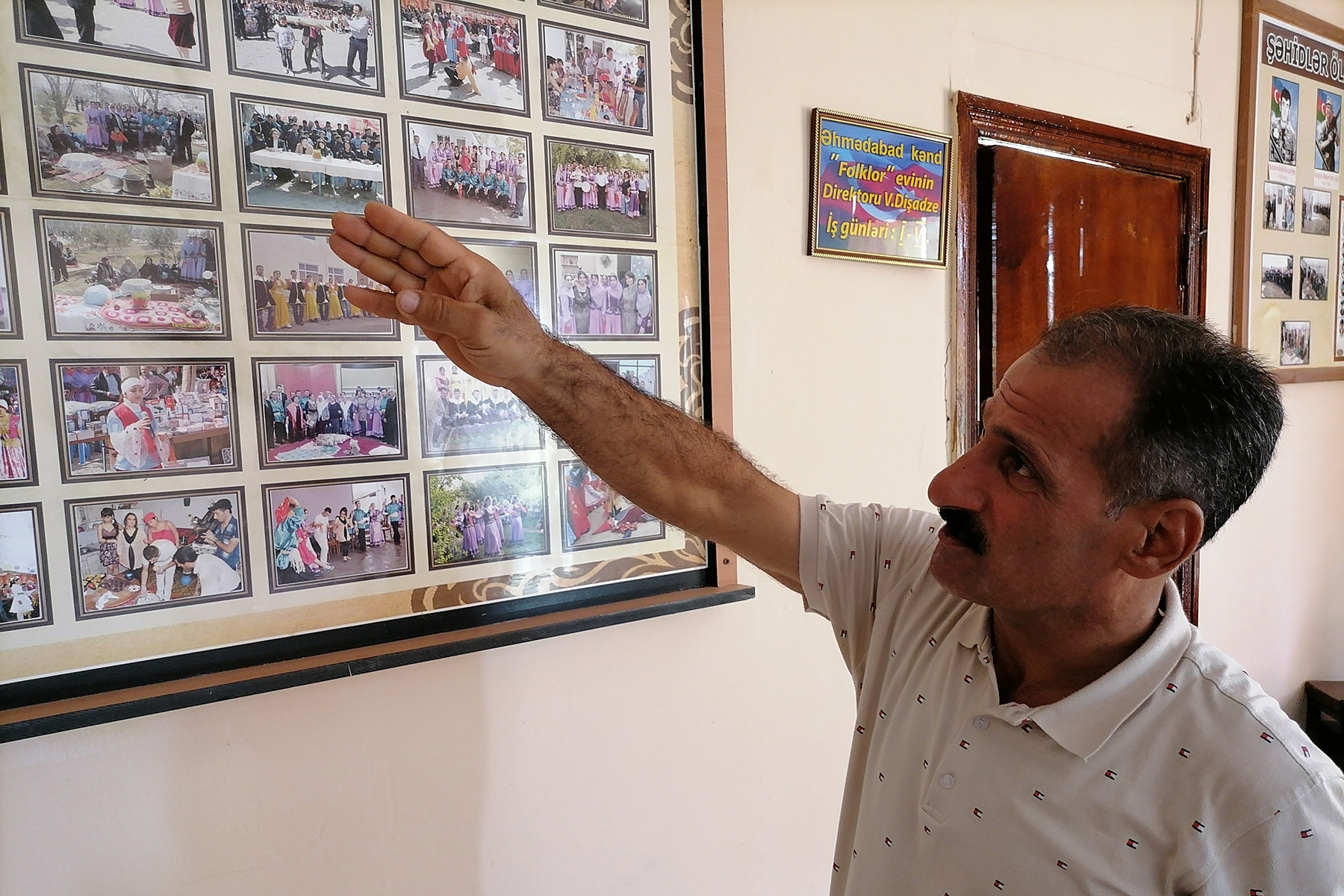
However, the Folklore House is most proud of its dance groups, which help keep alive Meskhetian dances such as Halay. Known as Yalli to Azerbaijanis, this traditional group dance begins slowly and finishes with quick, running-like steps.
‘It is a symbol of unity’, says Vagif Dishadze, 52, who has headed the Folklore House for about 20 years.
Their dancers frequently win awards at national and regional cultural contests. There are up to 20 dancers in the groups. They consist of school students from grades 8–11. Due to early marriage practices, the groups do not admit girls in the last years of schooling, because of the chance they will later drop out when they marry.
‘Parents have no idea whom their daughters talk to on the phone. They fear. Once girls finish school and become adults at 18, it is better to marry them off,’ he says.
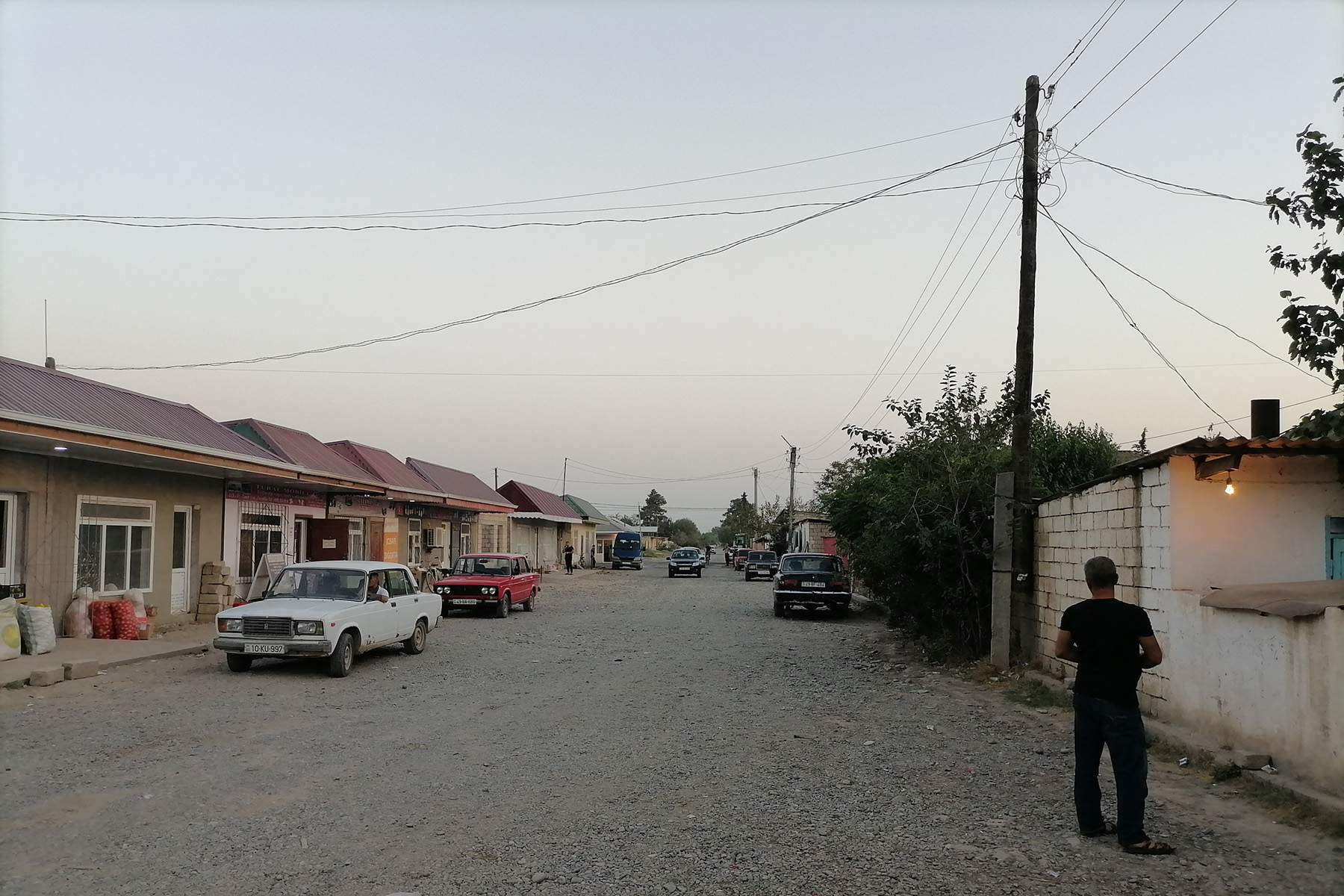
Nasimikend, the biggest Meskhetian village in Azerbaijan, is in the neighbouring Saatly District. It is known as Adigun among Meskhetians and referred to as their informal capital here. Originally, one of the regions where Meskhetians lived in Georgia before the deportation was called Adigun.
Meskhetian hierarchy and weak winds of change
Among the Turkic-speaking peoples, the Meskhetians are one of the few who have managed to preserve their original, unique traditions. There are almost no loaned foreign words in the dialect of the Turkish language they speak. Partially, this is due to the isolation the Meskhetians have faced during and directly after the 1944 deportation.
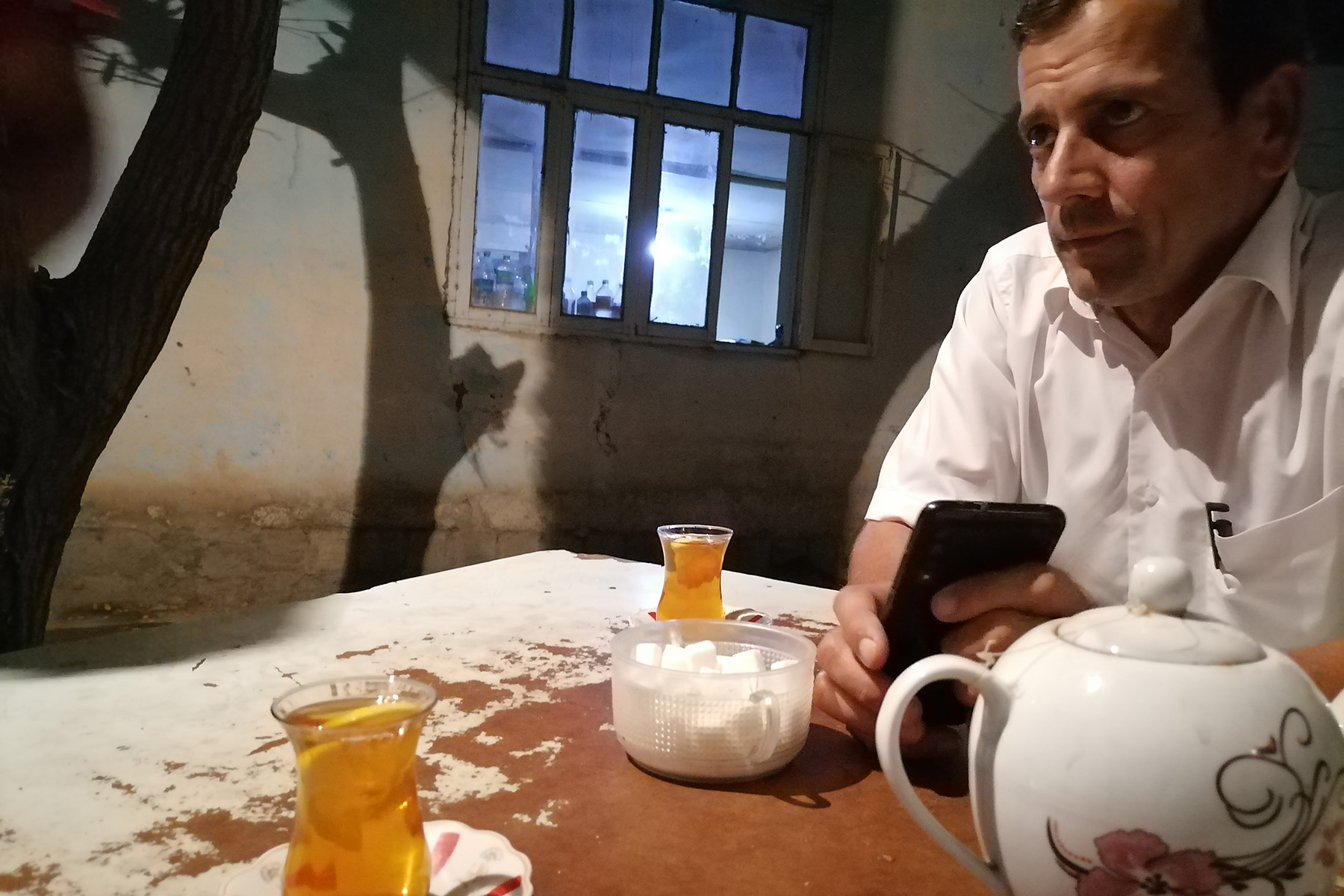
‘We were not allowed in the big cities, where integration among different peoples is inevitable’, says Ali Bayraktarov, 53. ‘Instead, we were living under pressure in rural areas.’
A farmer and headmaster of the village school, Bayraktarov’s uncle was among the initiators of the Meskhetians’ first migration wave to Azerbaijan from Central Asia in 1959.
Several waves of migration followed, with almost the entire Mskhetian population leaving for Russia and Azerbaijan following a pogrom in Uzbekistan in 1989.
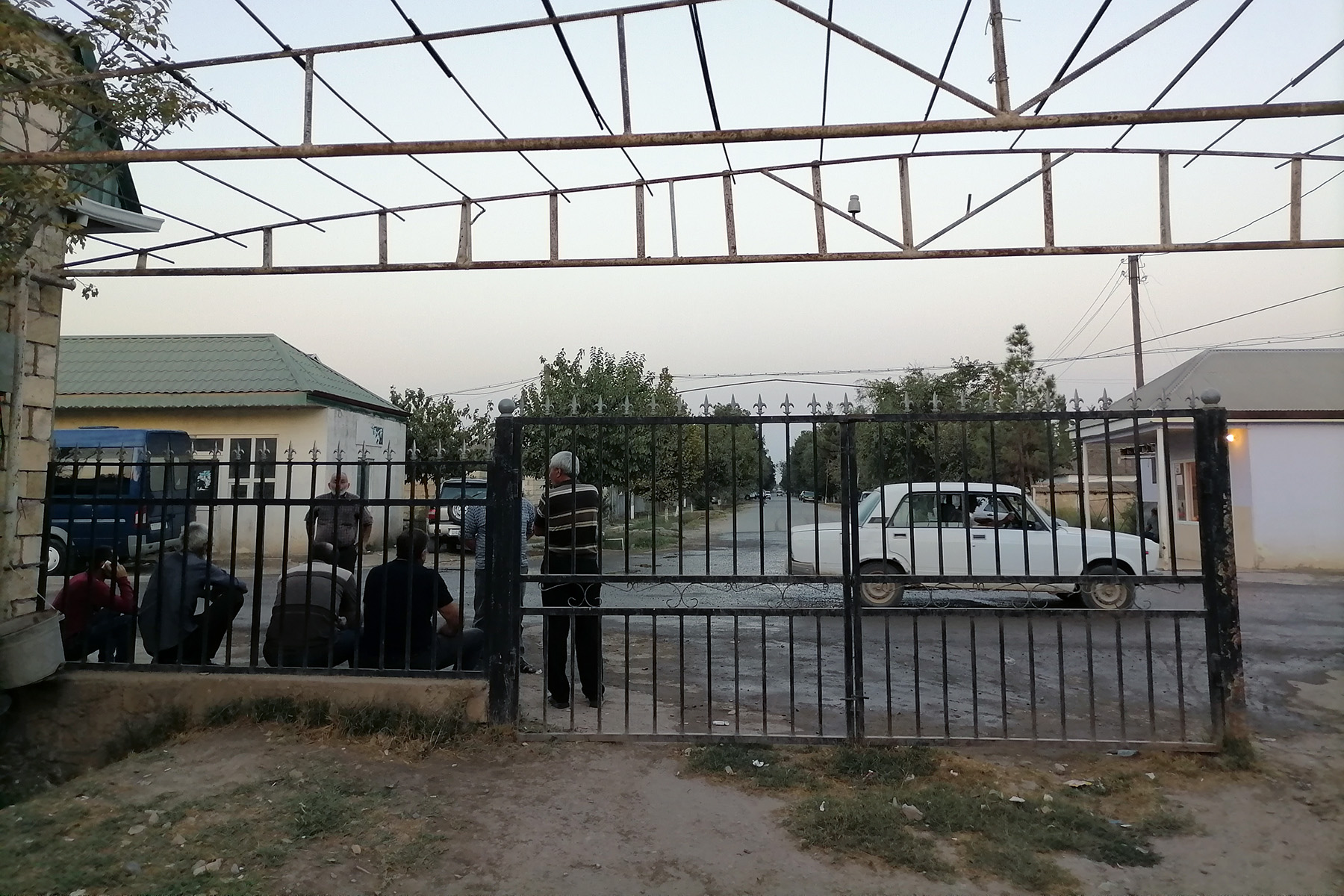
Meskhetian families typically maintain a strong masculine hierarchy, with the father as the head of the family, to whom the rest turn for advice. In his absence, his elder son takes his place. At the same time, if there are several sons, the youngest one is considered the father’s successor. His own family lives with his parents in a paternal house.
Long-lasting isolation has had a particular impact on marriages. Before and during the Soviet era, Meskhetians almost exclusively married within the community. However, since the dissolution of the USSR, intermarriage and kindship with other Turkic-speaking peoples have slightly watered down this taboo.
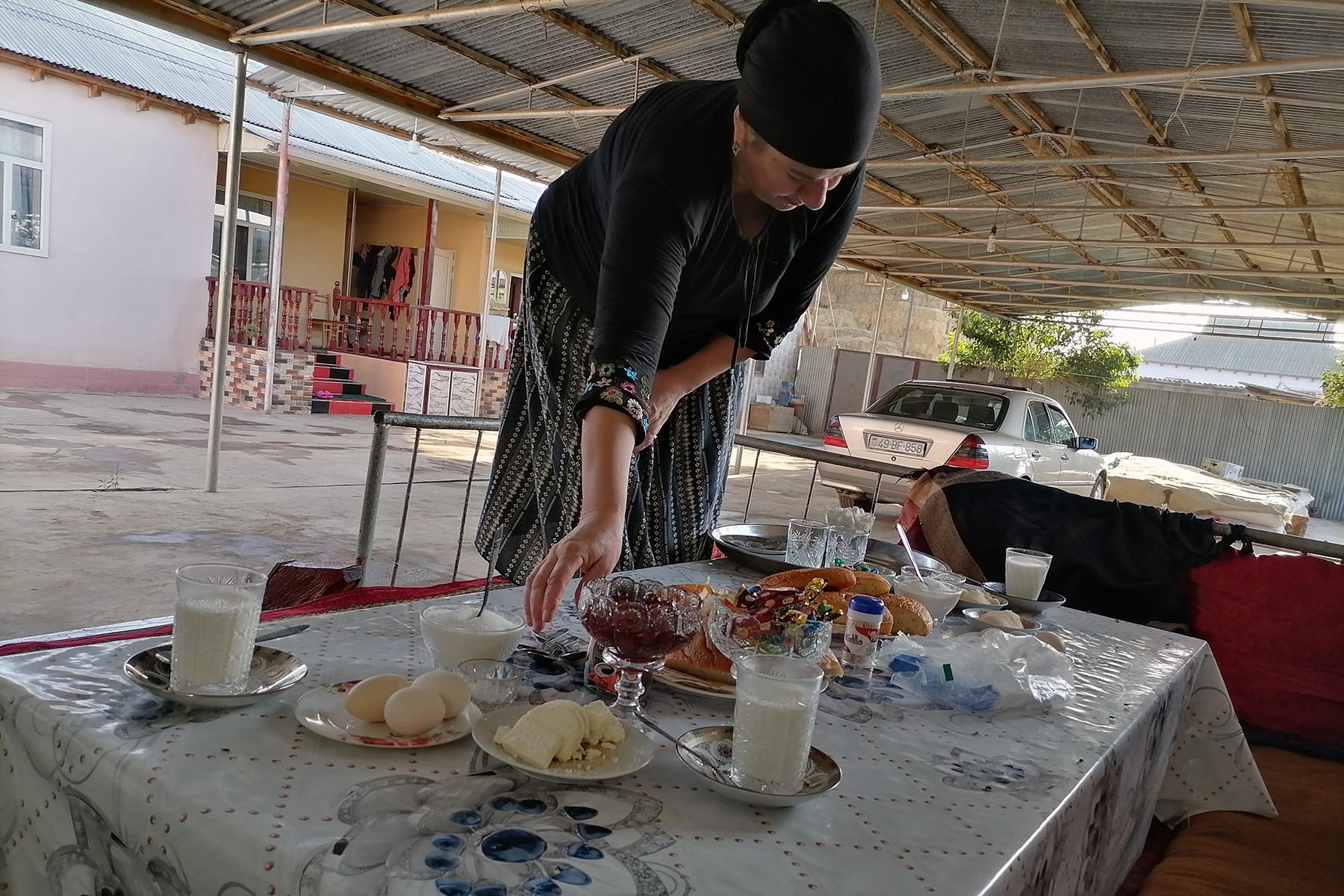
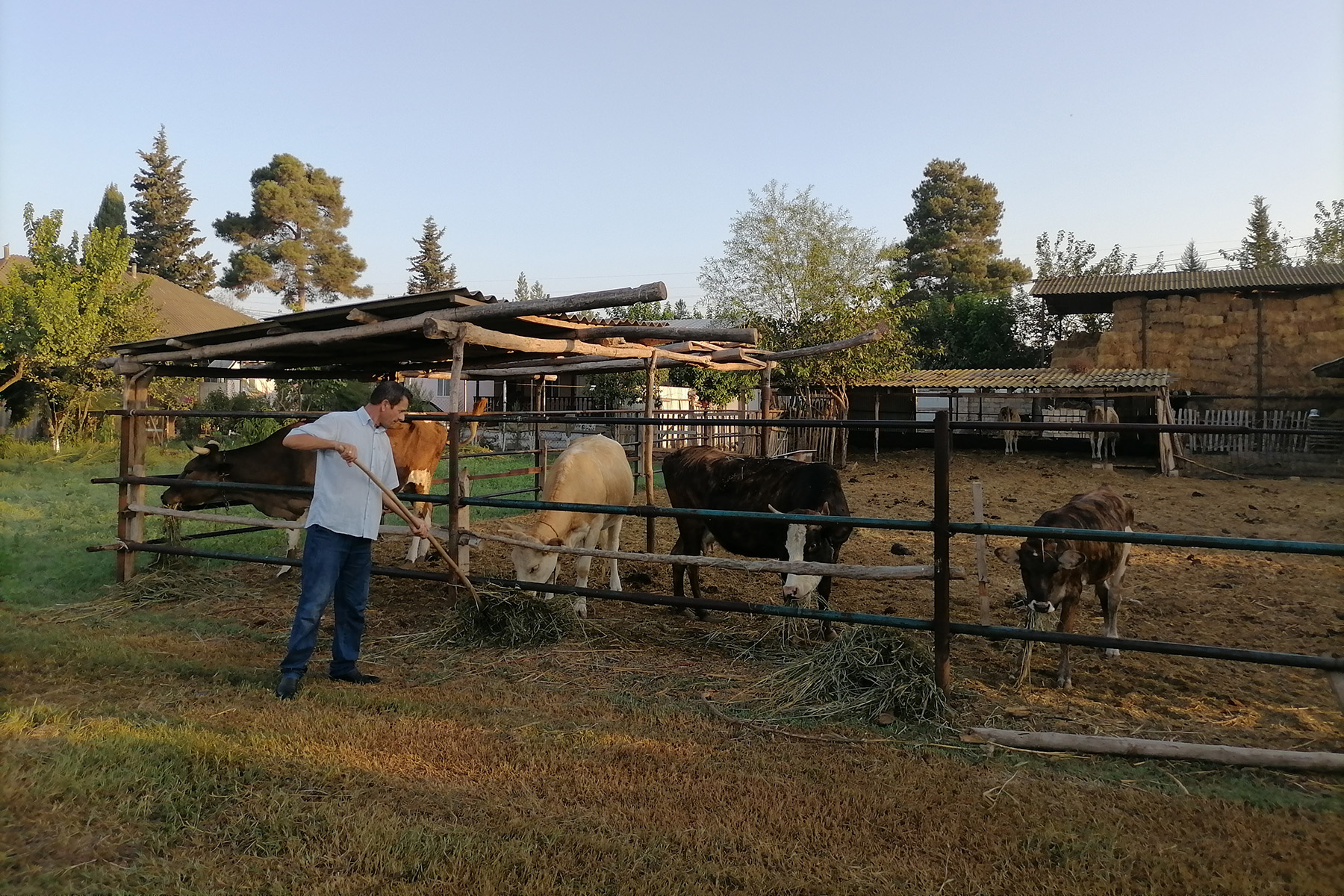
‘If the girl thinks positively [about marriage], she says “It is up to you [to decide], father”. That mentality still remains,’ says Ali, all three of whose daughters are married.
‘This uncertainty haunts me’
In Ukraine too, conflict and displacement have continued to haunt and shape the Mskhetian community. Estimates for late 2020 put the number of Mskhetians living in the country at approximately 7,500.
Many of the Meskhetians living in large Ukrainian cities were active supporters of the 2014 Maidan Revolution, as well as of the Ukrainian army in the subsequent war in the Donbass. Meskhetians came together to provide soldiers with medicine, bandages, meals, warm clothes, and other essentials.
However, for the Meskhetians who live in Eastern Ukraine, conflict is once again uprooting the community. Most of these moved from Russia in the early 1990s, following hostility from the local population and discrimination by the authorities. Many of their relatives still live in Russia’s North Caucasian republics or the regions bordering Ukraine.
In May–July 2014, during heavy fighting between the Ukrainian army and separatists in Slovyansk, many Meskhetians hid members of their families over the border in Russia. Sadri Ahmadov, the chairperson of the Meskhetian community in Slovyansk, was no exception. Separatists destroyed half of his newly renovated house, burned his car and killed his livestock.
A few days later, his wife Altun’s workplace, the Slovyansk psychiatric hospital, was bombed while patients and personnel were inside the building. Although nobody was injured, the facility fell into disrepair. Sadri Akhmadov, who has not been able to renovate his house properly since then, admits nothing is left from his pre-war enthusiasm.
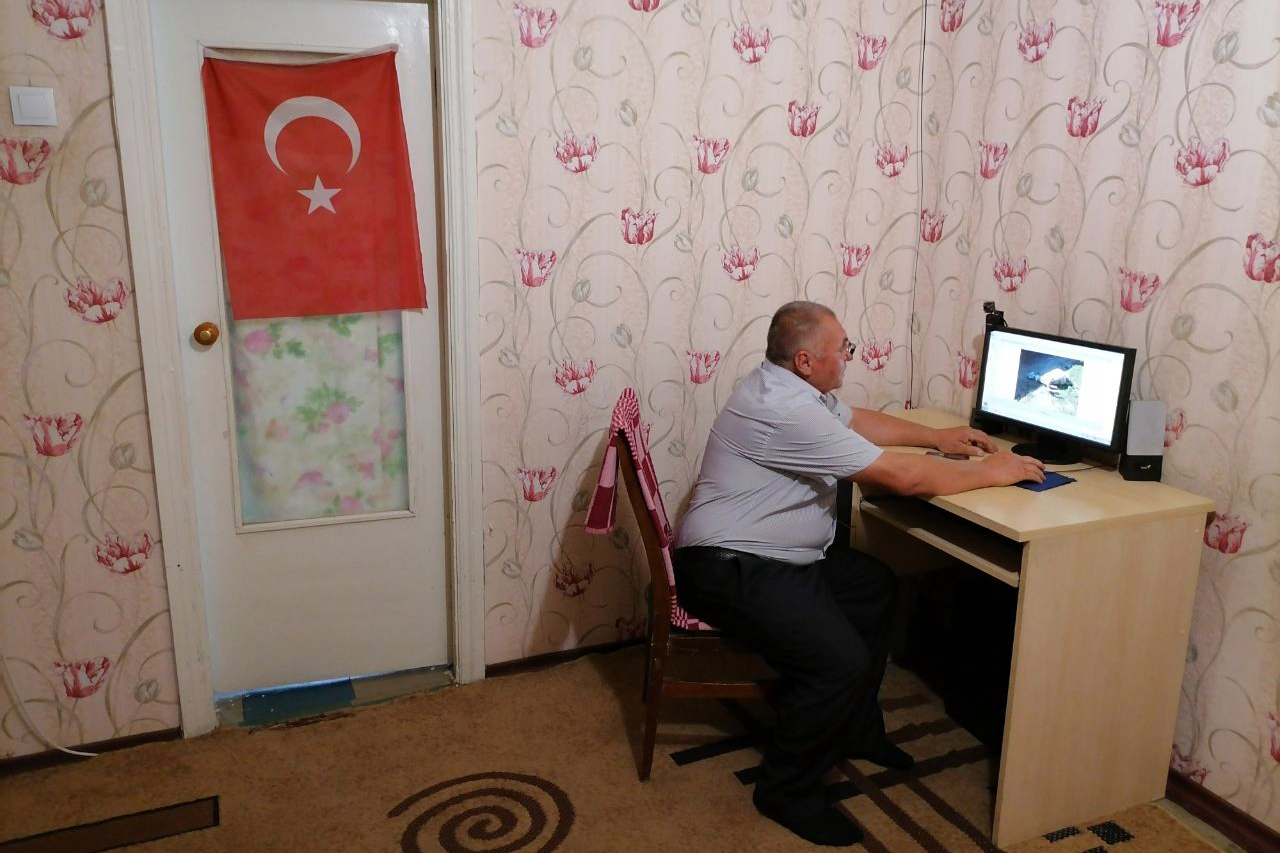
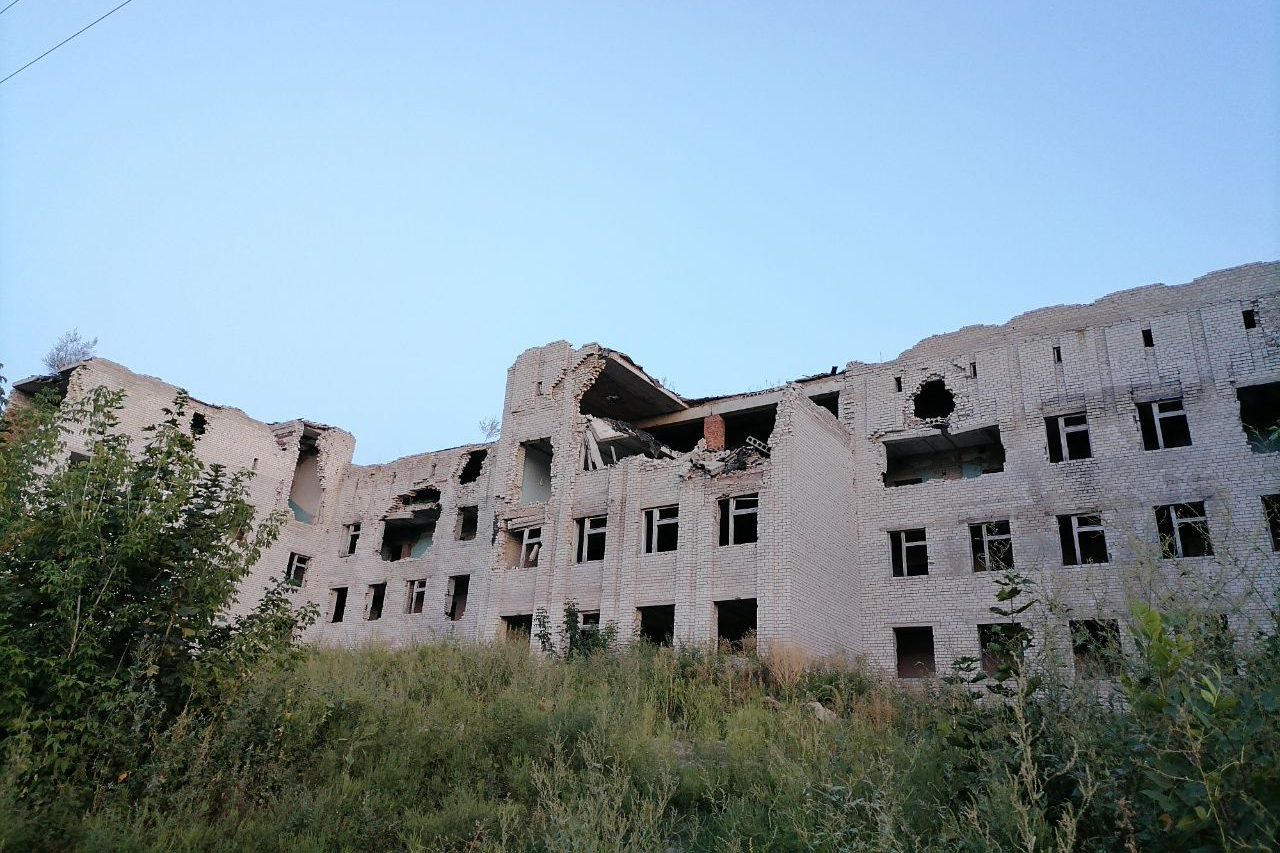
‘I have no clue how it all will end’, he laments. ‘This uncertainty haunts me.’
A new exodus
Before the war broke out in 2014, 310 Meskhetian families lived in Slovyansk and two surrounding villages — Nikolayevka and Semyonovka.
Although most still consider Georgia to be their historical motherland, Meskhetians in Ukraine are now primarily resettling to Turkey, as many identify themselves as Turks and Turkey opened a resettlement scheme for them in 2015.
Around 220 families have since moved to newly built one or two-storey houses in the Turkish city of Erzincan. Most of them received Turkish citizenship, monthly cash payments for the first five years of staying with the possibility of prolongation, and temporary jobs. Many work as street sweepers, concrete mixers, and gardeners.
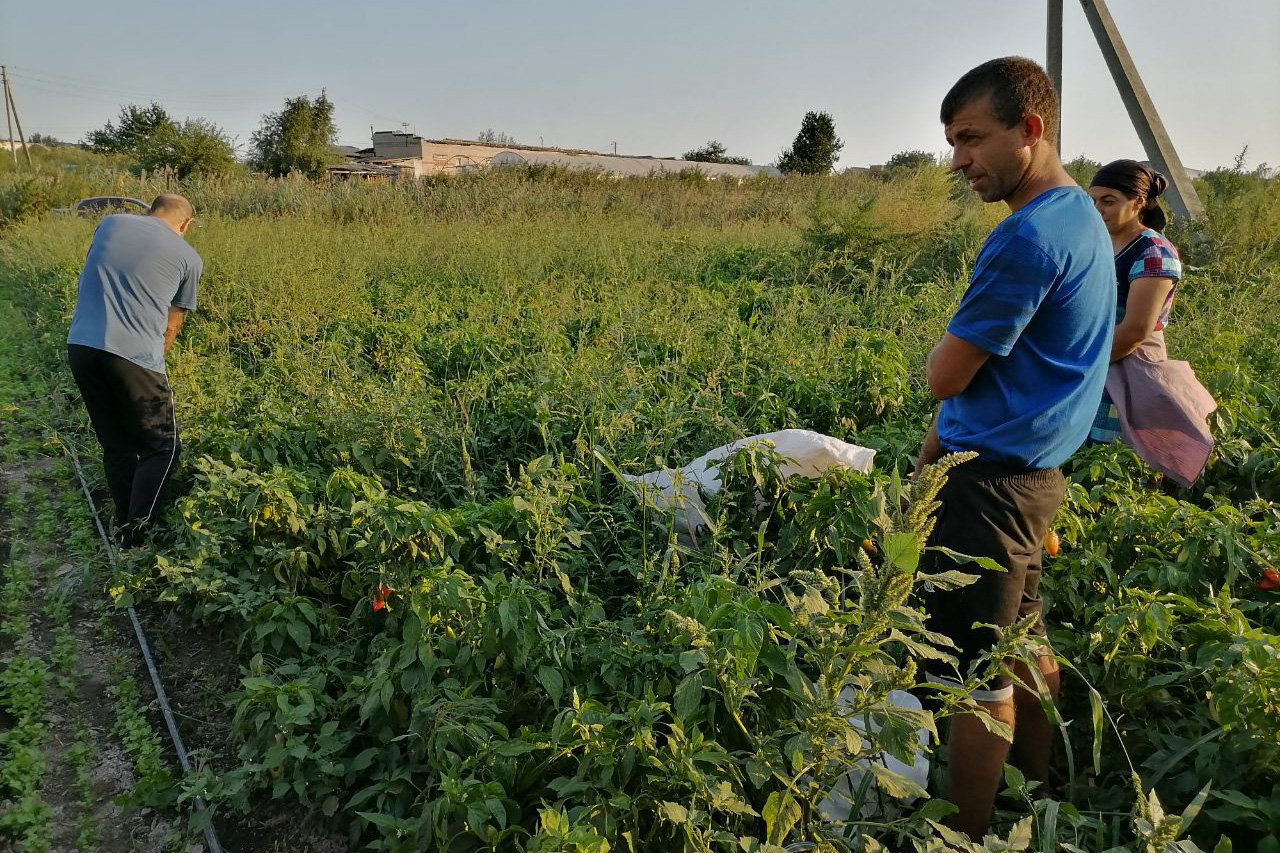
There are mosques in Odesa, Poltava, Sumy, Mariupol, Konstantinovka and other cities in Ukraine, and the Meskhetian community in Slovyansk also had plans to build one. Alas, the 2014 War disrupted these plans.
‘After the war, people became doubtful whether to continue building it or not. When tomorrow is unclear, people start doubting’, says Ahmat Lutfiyev, 42, a local imam.
Sadri Akhmadov says he too will leave for Turkey with his family, once the remaining Meskhetian families in Slovyansk do so.
Despite the war, the remaining local Meskhetians still try to maintain the way of life of their ancestors. The community has an informal council of elders who resolves disputes or gives advice and ‘sets one on the right path’. According to the imam, the community supports its members when they are in need, for example, to pay for marriages and funerals.
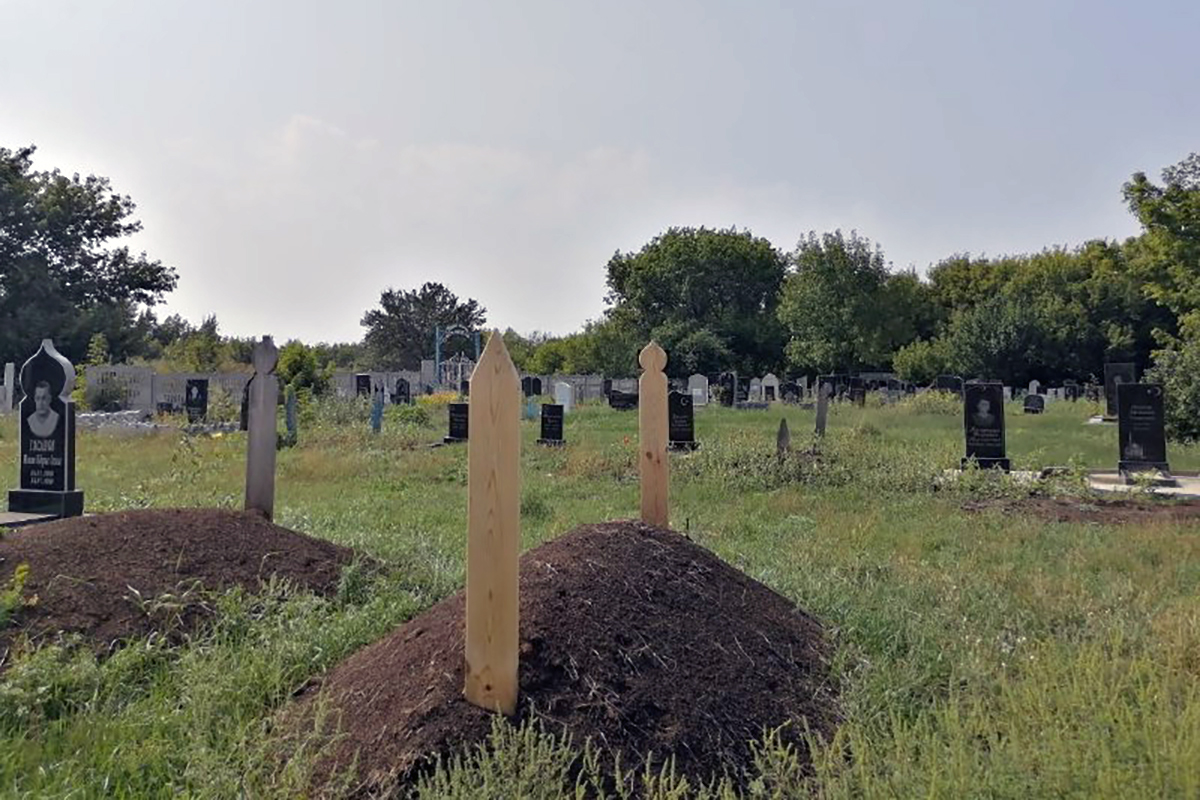
Meskhetians have also purchased land for a cemetery. Called the Cemetery of Turks Abroad, it serves many Muslim groups. Meskhetians gather here on holidays and days of mourning to perform spiritual services or just to clean the site.
‘It is necessary to clean the graves 2–3 times a year and mow the grass. It is not the same as selling your house and leaving. Who will care for them?’ says Sabri Muradov, 64, who buried his parents here.
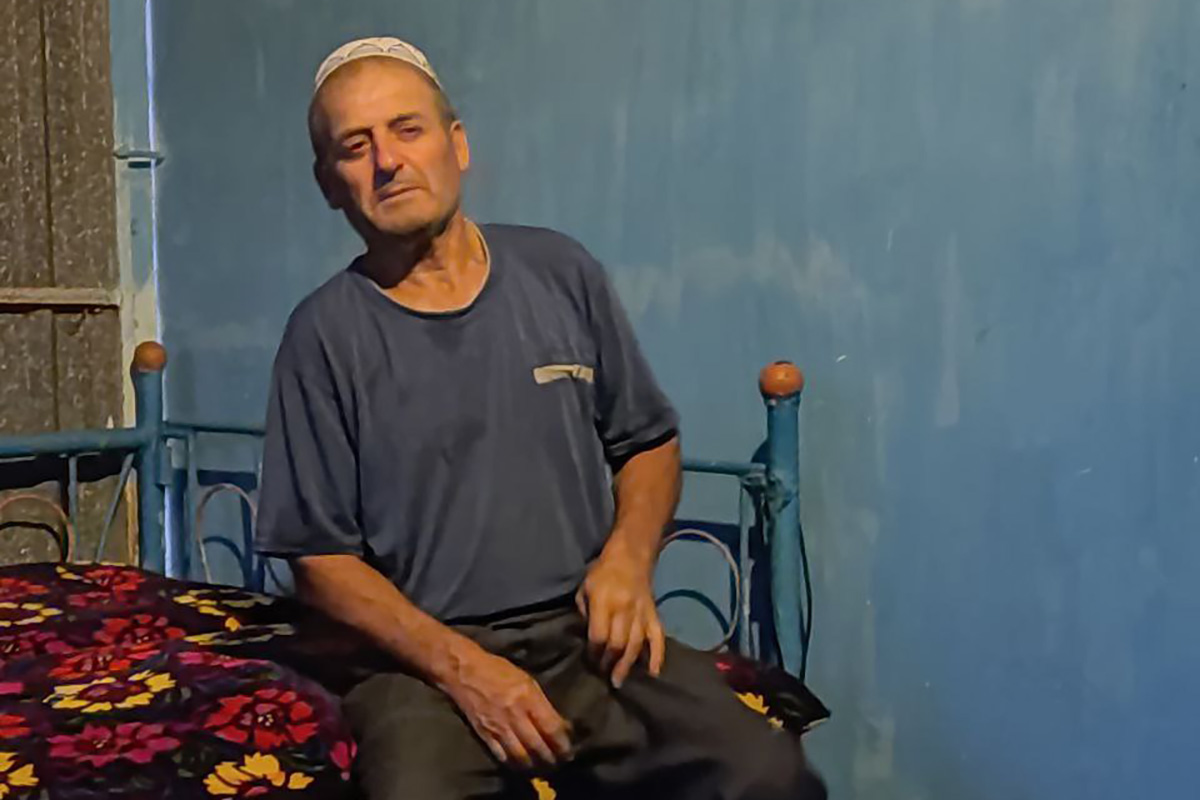
In response, Tahir Aslanov, 71, his neighbour, argues that a person must have a historical motherland. He has never been to Turkey but he is ready to set foot on the road.
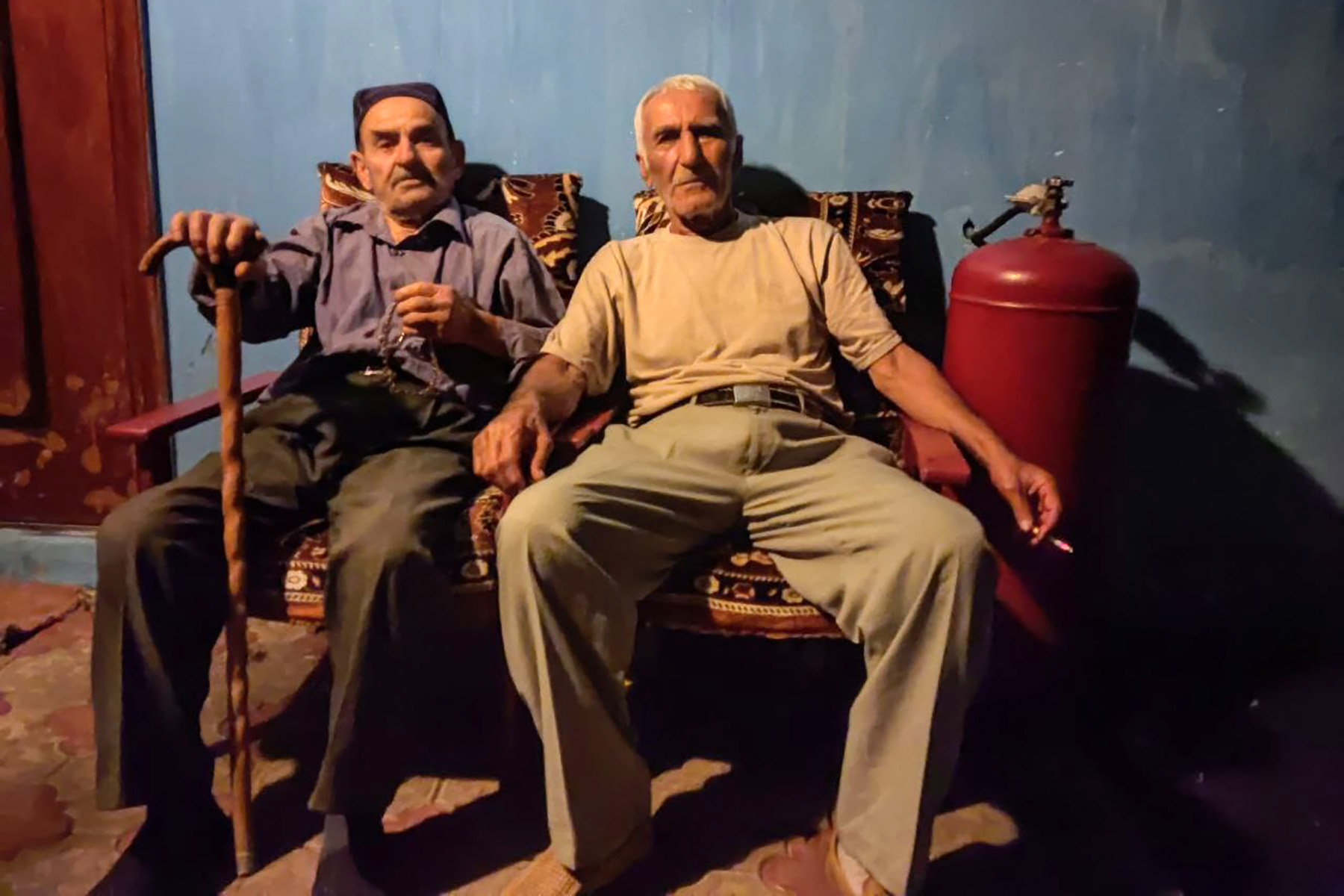
‘I can go to Turkey at any time. Just pack up and set off. They quickly prepare documents and give residence permits’, he says. And yet, for many like Tahir, Turkey is still not the home they ultimately dream of returning to.
‘If I had the chance, I would go to my historical land’, he says.
This article was produced with the assistance of Romaniia Gorbach, a Ukrainian partner, and as a result of participation in the Reporting on refugees project organised by the Berliner Journalisten Schule.





